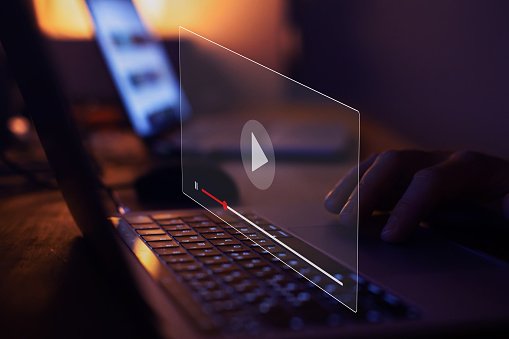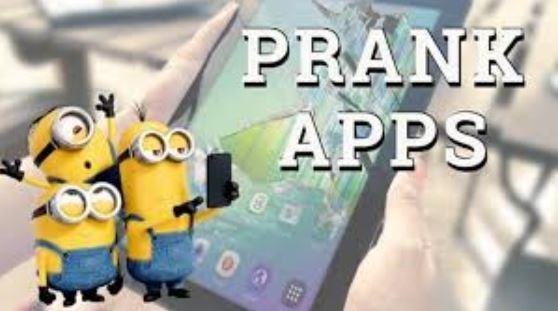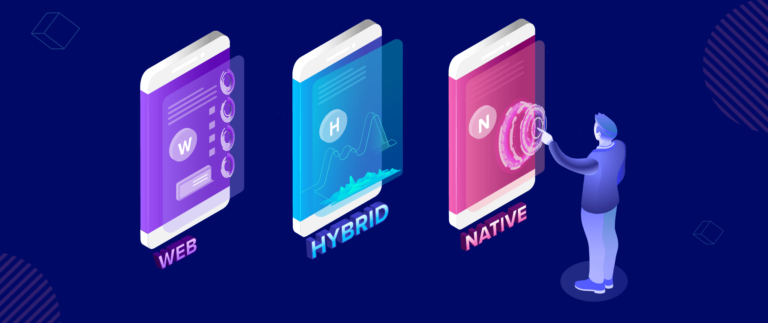Telemedicine: New Devices for Remote Patient-Doctor Interaction:
Everything can be done online these days. People are working, learning, banking, shopping while sitting on the couch. With so much technology created nowadays, you can stay at home and still be social, pay the bills, and be aware of what’s happening in the world. The healthcare industry also keeps up with the times. There is a good deal of software designed for patients to stay in touch with the doctor remotely as well as for a doctor to be able to manage the diagnoses, medical advice, and communication with the patients easier and faster.
If you’re looking to create your own healthcare application, pay attention to Diversido company. It has a portfolio of ready-made mobile apps for mental health monitoring, physical training, and more. But if you want to get familiar with the options that already exist, we’ll examine them in just a second.
Telemedicine: new opportunities in healthcare
The first concept of telemedicine appeared back in the 1920s when Hugo Gernsback invented the concept of the “teledactyl”. The system was supposed to allow doctors to contact their patients remotely and even touch them from a distance using robotic arms. It wasn’t easy to implement this idea back then; however, now, in the age of technological development and natural demand for more available healthcare services, we have more and more opportunities.
With telemedicine, now there’s no need:
- For patients to go to the clinic with any issue they have
- For physicians to memorize everything from peer-reviewed publications (there are about 27 million of them)
- For physicians to spend a lot of time traveling to visit every patient
For some time, lots of the people, both doctors and patients, had been skeptical about remote interactions. They thought that only being physically present at the hospital can be effective. However, 2020 clearly showed that remote healthcare opportunities are more in demand now than ever. After all, out-of-the-hospital healthcare saves time and money, and the doctors stay as qualified as if you were visiting them personally.
Some doctors prefer using e-mail for communication with patients. For some cases, it may be convenient. However, if a doctor needs to share personal information, a diagnosis, or bad news, it may not be a good idea.
Devices to enhance healthcare services remotely
Some patients have illnesses that require constant medical care, such as diabetes, heart disease, stroke, or other chronic conditions. New technology allows easier patient-doctor interaction and tracks medical data in real time, so there’s no further need to spend a lot of time traveling and waiting in long lines.
Current Health’s wearable device
This armband is useful for patients that suffer from chronic illnesses and have high hospitalization rates. They require constant real-time health checks in order for a doctor to react as soon as possible. This device is designed exactly for that. Current Health checks a patient’s temperature, mobility, respiration, pulse, and oxygen saturation. In addition to that, the device collects medical data and provides doctors with real-time information about a patient’s health, so it enhances the chances to notice the first warning signs in a patient’s health.
HealthyU – healthcare at home
HealthyU was designed by HD Medical, a Silicon Valley-based innovator. This device allows patients to monitor health from home on a daily basis and send the information to their physicians. The tool allows patients to have a comprehensive picture of their situation based on the following indicators:
- Temperature
- Lung sounds
- Heart sounds and rate
- Respiratory rate
- Blood oxygen saturation
The device can provide the patient with a wireless 7-lead electrocardiogram and cuffless blood pressure measurement. All a person needs to do is hold the device over their heart touching the skin.
It’s a brand-new device that is expected to hit the market in 2021 due to the high demand for remote health tracking because of the pandemic.
Tatch – a sleep analysis tool
If a person has trouble sleeping, this tool is a perfect solution. Tatch is a wireless wearable sensor that needs to be attached to a patient’s stomach and chest in order for them to get insights on their sleep. For example, if during the night a person changes sleeping positions, the app will provide them with information on the quality of their sleep. You can learn your duration of sleep in a certain position and the quality of your sleep in each of them.
So, basically it works like this:
- You install an app and apply the patches.
- The next morning, Tatch provides you with a report on your sleeping positions, snoring, respiration rate, etc.
- Tatch also gives you the contacts of a personal sleep assistant.
The pilot program of the application is available for $60.
Nobi The Smart Lamp
Artificial intelligence tools are probably the most useful and popular nowadays. For instance, with the Nobi lamp, you can be sure that your grandparents are safe and, in case of emergency, such as if they fall and require help, the appliance will send you or a caregiver an alert.
How does the appliance work? It’s an ordinary-looking ceiling lamp with additional features and sensors that detect a person’s movement: if they sit on a chair, sleep in bed, or fall and need help. The lamp sends reminders to prevent falling, and if the fall has happened, it asks the person if they need assistance. If the person doesn’t reply, Nobi sends an alert to the family.
First and foremost, Nobi will be available for equipping nursing homes, and then everyone will be able to order it for their homes.
Conclusion
Out-of-the-hospital healthcare is not something that people have to be too skeptical about. Even if you are used to physical presence in the hospital, it is worth considering that it’s possible to receive good individual medical advice or diagnosis remotely. Technology is designed to make our lives easier. So, why wouldn’t we let it?



